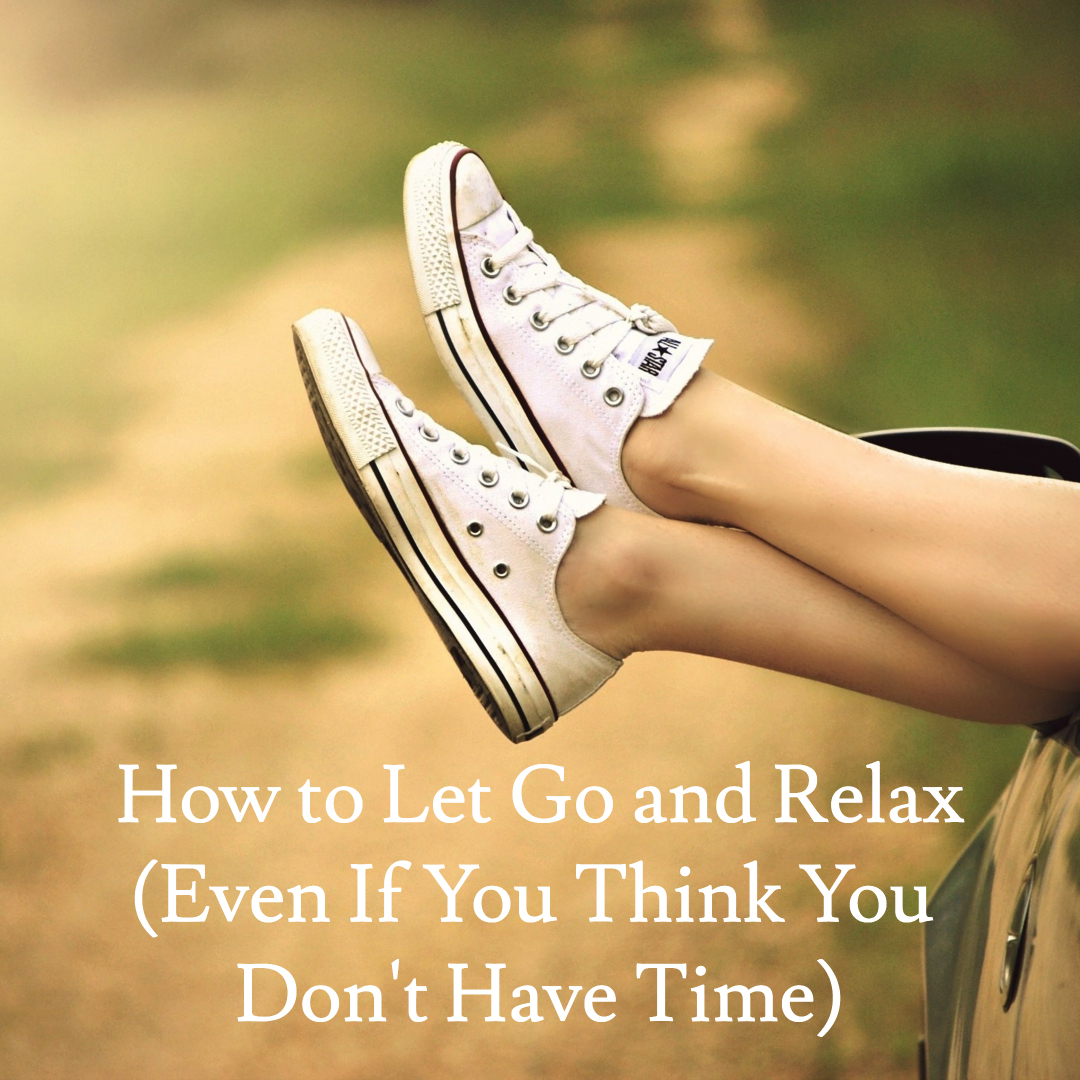In this hectic world of to-do lists that stretch on for miles, appointments and meetings that take up too many of our working hours, and the general frenetic pace of life in the modern world, sometimes it can feel impossible to actually relax.
Relax? That’s the thing we do on vacation, right?
But given that somewhere around 50% of vacation days are left unused in the United States and two thirds of those on vacation still do work while they’re gone, it begs the question: when do you actually take the time to relax and recharge?
If our “time off” is no longer relaxing, how do we give our bodies the time they need to recharge?
Confession time: how much time do you actively waste on any given day?
Please note, I’m not talking about the stuff you do for fun, the things you do that you find relaxing, or anything that falls under the category of mindfully enjoying yourself. I’m talking about the “I’m bored and don’t have anything better to do, so I guess I’ll [fill in the blank]” – mindlessly surfing the internet, flipping through the channels, staring blankly at your smartphone…
If you added up that time, I bet that we could all find at least 20 extra minutes every day, or even every couple of days.
So why am I focusing on this seemingly insubstantial amount of time? Because actively using those 20 minutes, even a couple of times a week, can make a huge difference in your stress levels. Yup. You heard me right: changing the way you use a small chunk of your day can actually make a noticeable difference in your overall health.
One of the practices that I learned during my teacher training is a process for deep relaxation called Yoga Nidra. If you followed along while I was at the Ashram, you might recall that I didn’t sleep for the first 19 nights. I am convinced that the only reason I didn’t get really sick or have a complete mental meltdown was the fact that we were doing Yoga Nidra at least once a day.
The numbers vary depending on who you ask, but doing a Yoga Nidra session (which can be anywhere between 15 and 45 minutes long) can provide benefits equivalent to somewhere around four hours of deep REM sleep.
During Yoga Nidra, you don’t actually fall asleep – you hover in a state between waking and sleeping, in conscious awareness. And when you come out of a particularly good Yoga Nidra session, it feels… well, freaking amazing. I find that my experience leaves me somewhere in the middle of completely relaxed but also rejuvenated. You won’t have that same groggy feeling that you sometimes get from taking an afternoon nap, and your brain will be clear and ready to get back to work. Or, if you do a session right before bed, it can help you to fall asleep faster once your head hits the pillow.
Because I’m awesome, I want you to be able to experience the yummy goodness of Yoga Nidra any time you want. I recently recorded an audio version of the practice, and I’m giving it away for free*!
I think by now we’ve all realized that we can find at least 20 minutes a couple of times a week to do something awesome for ourselves. So do yourself (and me) a favor and go grab your copy of the recording. Give it a spin, and then report back. I want to hear the stories about how Yoga Nidra has impacted your stress levels!
* Technically for a trade, because we all know that nothing is really free. Sign up for my mailing list, and I’ll send you a copy of the recording! If you join the mailing list, I promise to only send you awesome things, and to never share your contact info with nasty spammers – scout’s honor.

Leave a Reply